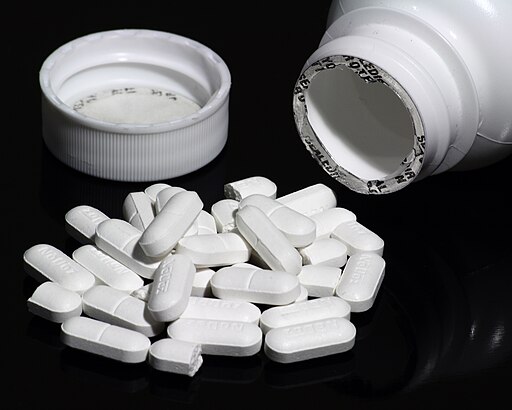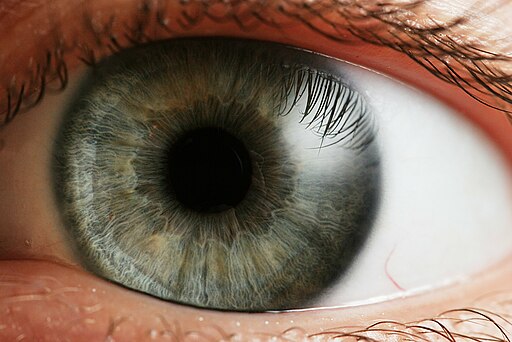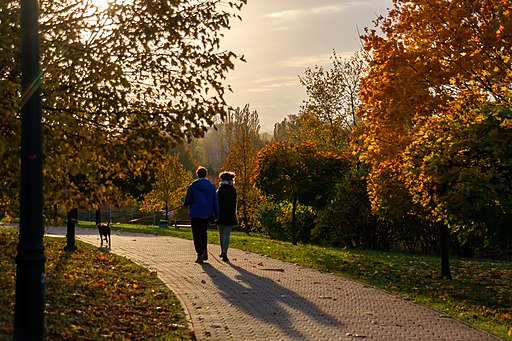
2020 was a difficult year for many, full to the brim with novel stresses and packed with uncertainty. The arrival of vaccines in 2021 promises to change things, but the mental and physical challenges from the past year have taken their toll, and may be difficult to fully heal. One of these challenges has been the troubling rise in loneliness, particularly among people who have been living alone during all the lock-downs. The pandemic didn’t necessarily create this rise in loneliness; it was already there. But it certainly didn’t make it any better.
Mental health experts have been warning us about the dangers of loneliness for years. In 2017, the US Surgeon General Vivek Murthy made headlines when he called loneliness a public health “epidemic”. In 2018, the UK government appointed a “minister for loneliness” to tackle all the health problems caused by social isolation. People are gradually waking up to the fact that loneliness is not only pervasive, but is also a serious health issue.
According to the CDC, loneliness increases the risk of premature death from all causes: heart disease is increased by 29%, stroke by 32%, and the risk of dementia by 50%. People who experience loneliness also report having higher incidence of emotional disorders, such as anxiety (76%), a loss of feelings of connectedness (58%), and an increase in depression (78%), all of which may require medication. Researchers now find that the health complications associated with loneliness are are similar to those incurred by smoking, alcoholism, or obesity.
Perhaps even more troubling than the loneliness itself is who is feeling it. Long a risk factor for the elderly, loneliness is now felt most strongly among young people. Currently, 61 percent of people aged 18 to 25 report high levels of loneliness, . Richard Weissbourd, a psychologist and senior lecturer at the Harvard Graduate School of Education (HGSE) says: “It’s a group that we are really concerned about. If you look at other studies on the elderly, their rates of loneliness are high, but they don’t seem to be as high as they are for young people, ” which is deeply unsettling. In the past, young adulthood has always been more synonymous with optimism and vitality. When the majority of a society’s young people start to report regular feelings of loneliness, anxiety and depression, something has gone very wrong.
The definition of loneliness, according to Merriam-Webster, is “being without company”, but feelings of loneliness doesn’t just happen when you are alone. In fact, loneliness is often felt most acutely in the presence of others. It can happen whenever your efforts to connect with others fail to bear fruit, or whenever you feel unseen or misunderstood. The amount of people around you is less important than how those people make you feel.
John Cacioppo, a researcher at the Center for Cognitive and Social Neuroscience in Chicago, posits that the feeling of loneliness is an important and critical sign: it means we need to take action and find a social group. Throughout our history as a species, the failure to join a social group meant vulnerability and increased risk of death, so the feeling of loneliness is an important one. It ensured that we banded together. It increased our rate of survival. Unfortunately, in modern North American culture, families and communities have been slowly dismantled over the last few decades as young people moved long distances to find work. We’ve also been taught to praise independency and autonomy in ways that Asian, South American, and African societies have not. This has all resulted in a lot of lonely people. People who are not only lonely, but afraid to admit it and seek help.
So, what can we do to help heal our nervous system and quell feelings of loneliness? Number one: reach out to others. If you are feeling lonely, instead of feeling embarrassed and trying to numb your feelings with alcohol or Netflix, acknowledge what you feel and schedule a meet-up or a Zoom call with a friend or family member. It may be harder to do, but you’ll feel better in the long run. Number two: take care of your nervous system. Dr. Shimi Kang, a psychiatrist in Vancouver suggests we follow all the usual advice: regular sleep, regular exercise, and time spent outdoors in nature. All will help you to feel more grounded, and balance out feelings of emptiness. Also, consider getting a pet. Pets are the ultimate stress-busters and mood elevators, studies show. Just petting a dog can lower your cortisol level in just ten minutes, and can also lower blood pressure, heart rate, slow breathing, and calm anxiety. Pets may not be able to fully replace human contact, but they can go a long way.
Also, until the successive waves of the pandemic are finally over, I think we need to work harder at checking in on one another. If we notice that someone is behaving oddly, or seems anxious or depressed, we can try to show compassion, rather than judgement. Kindness is good for everyone, even yourself. If we can pull just one good thing out of this pandemic, let it this: that we know, now, how hard it is to feel alone and estranged. That we know, now, how much we need one another. Let us not forget it. Let us strive to take care of the people we love, and through that caring, finally reduce this wave of loneliness.









